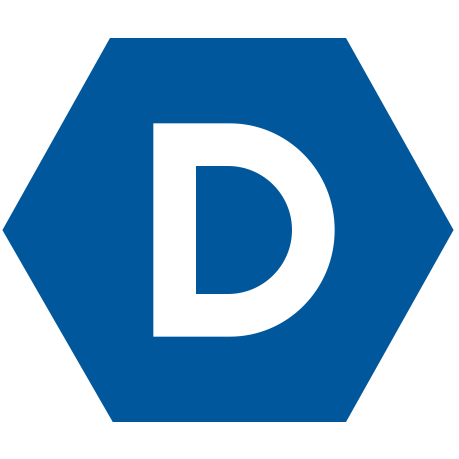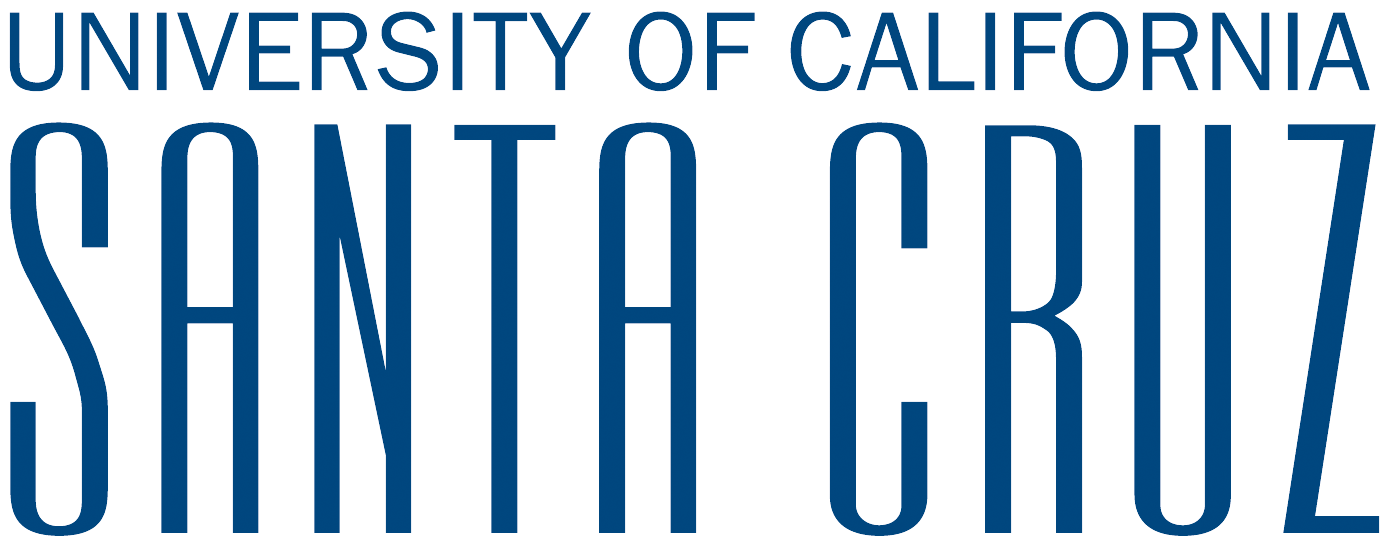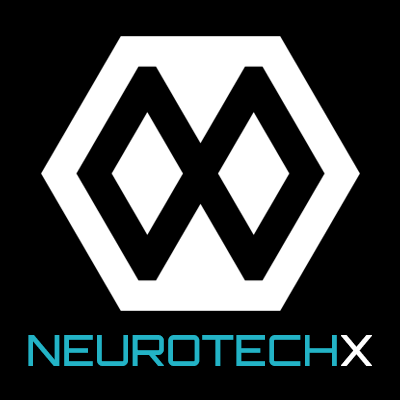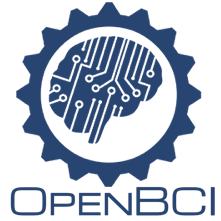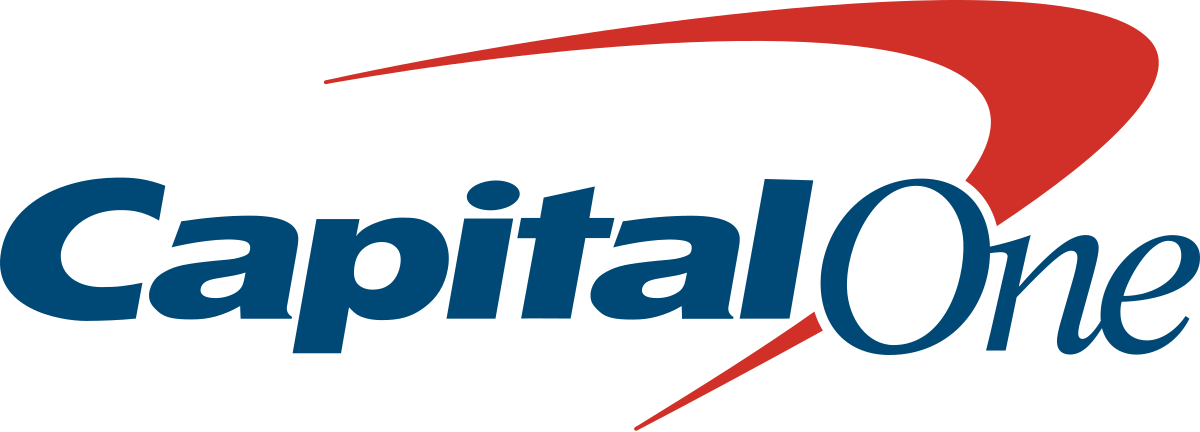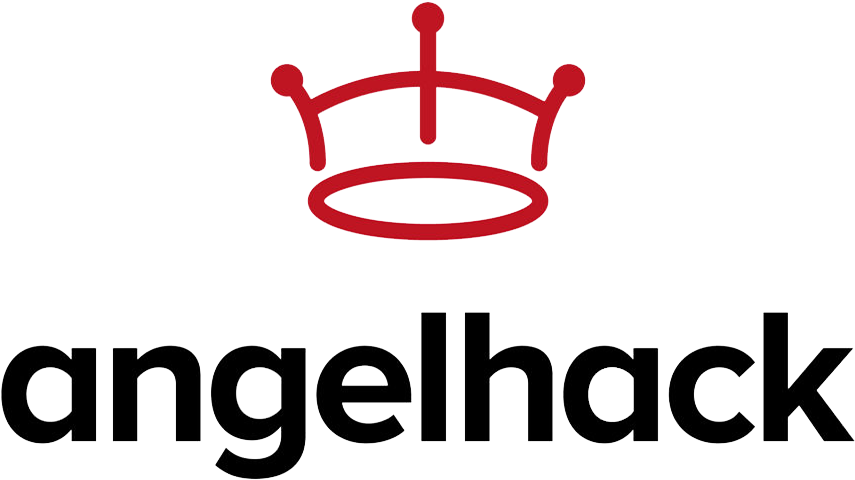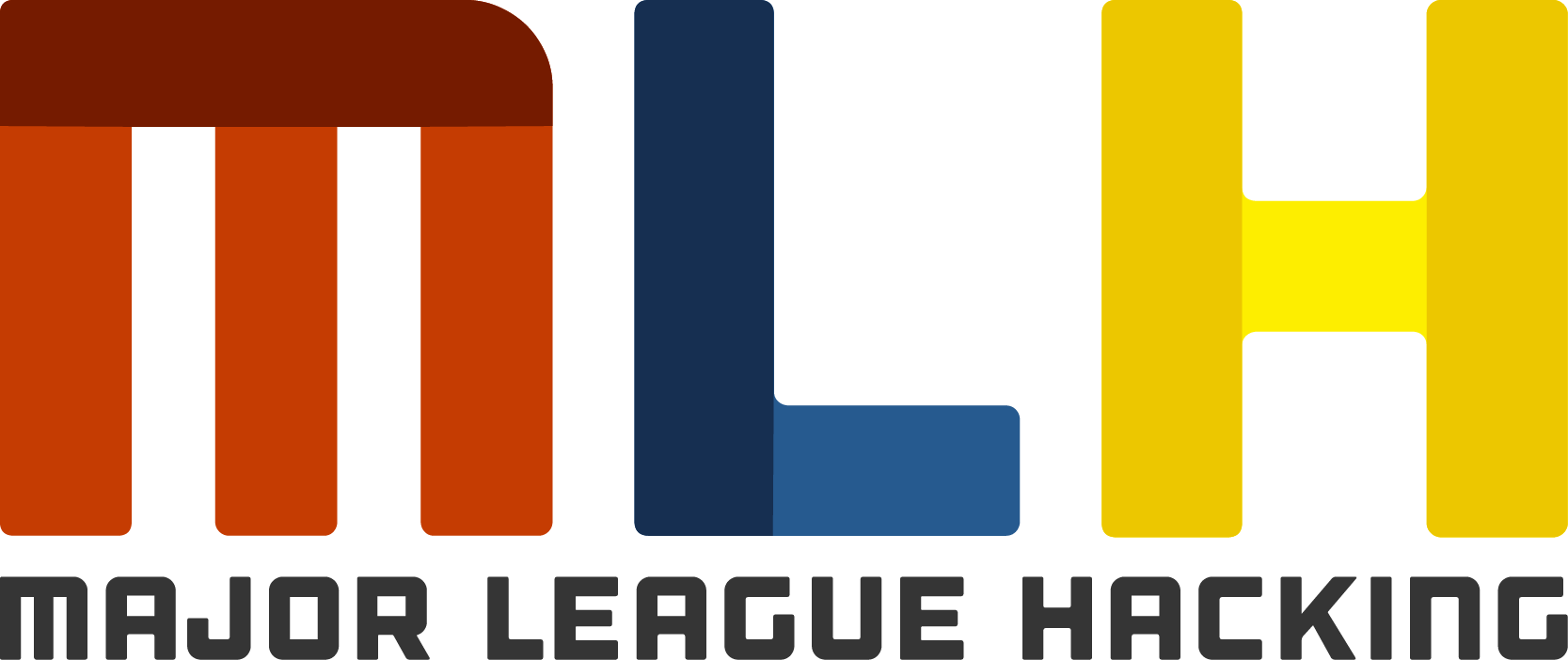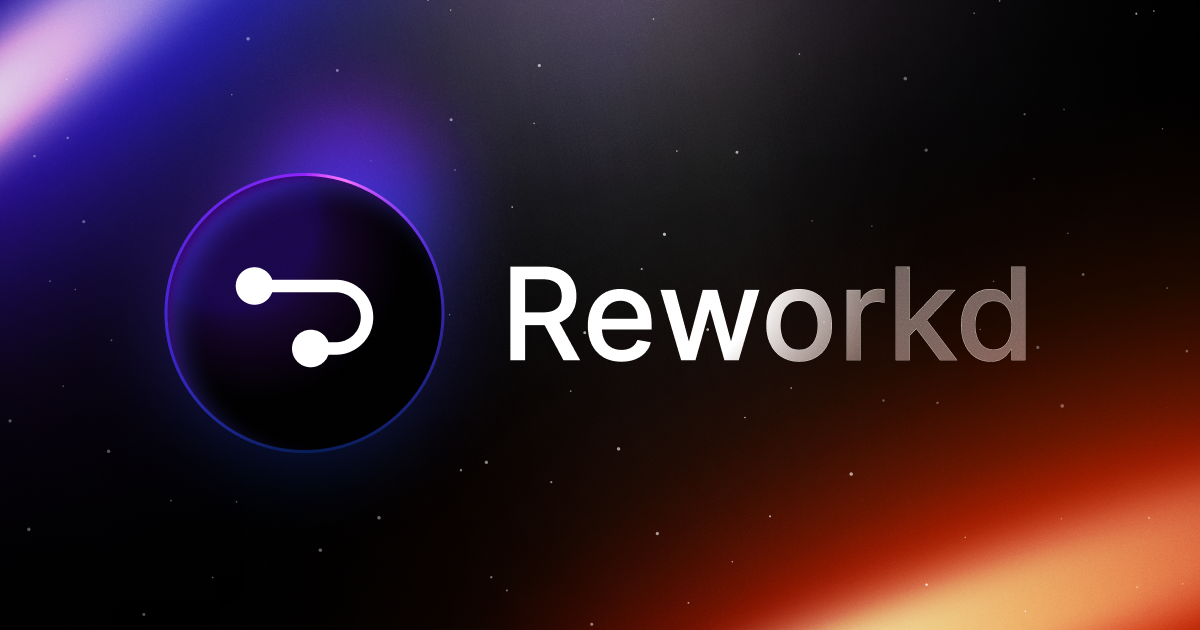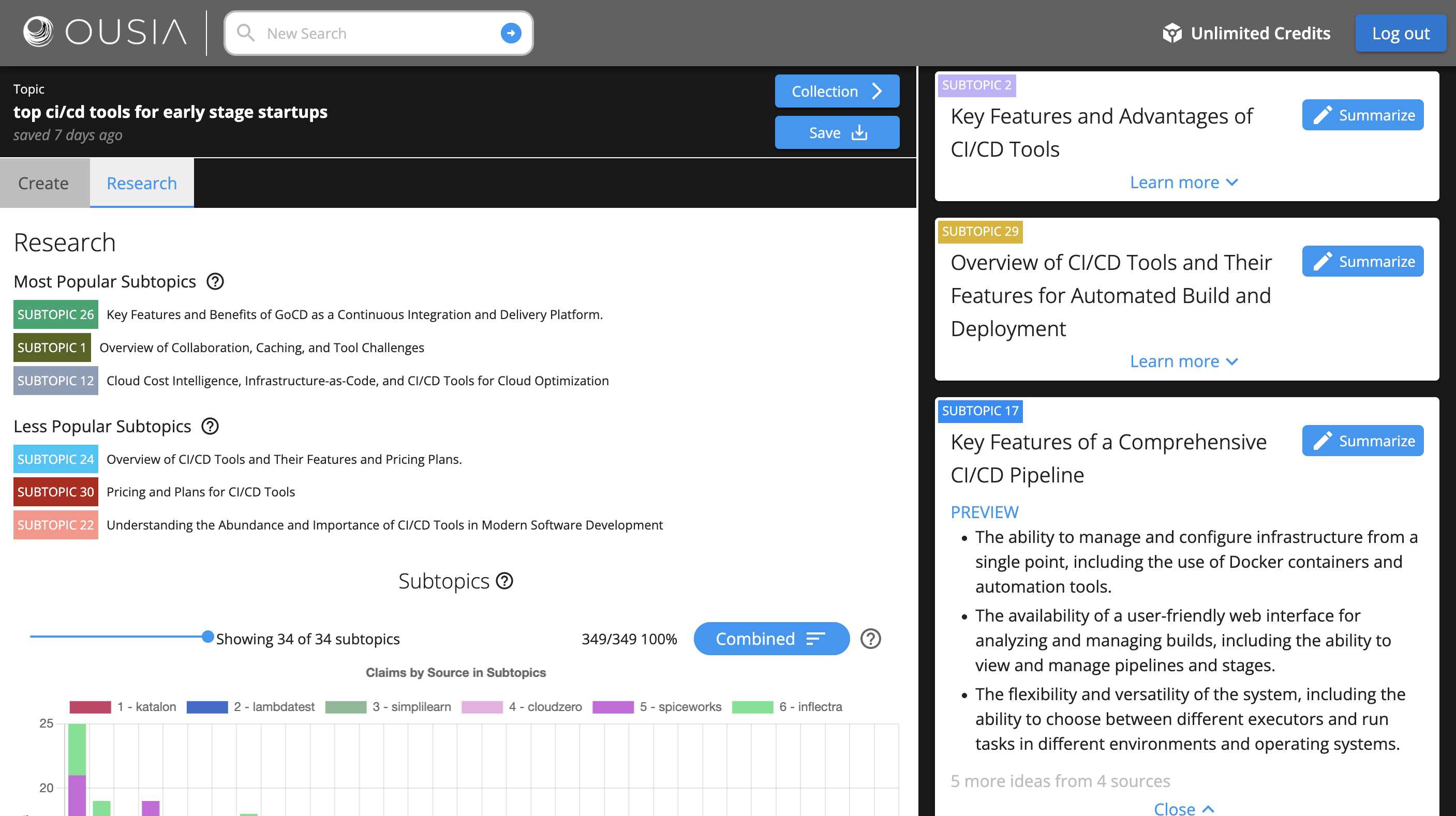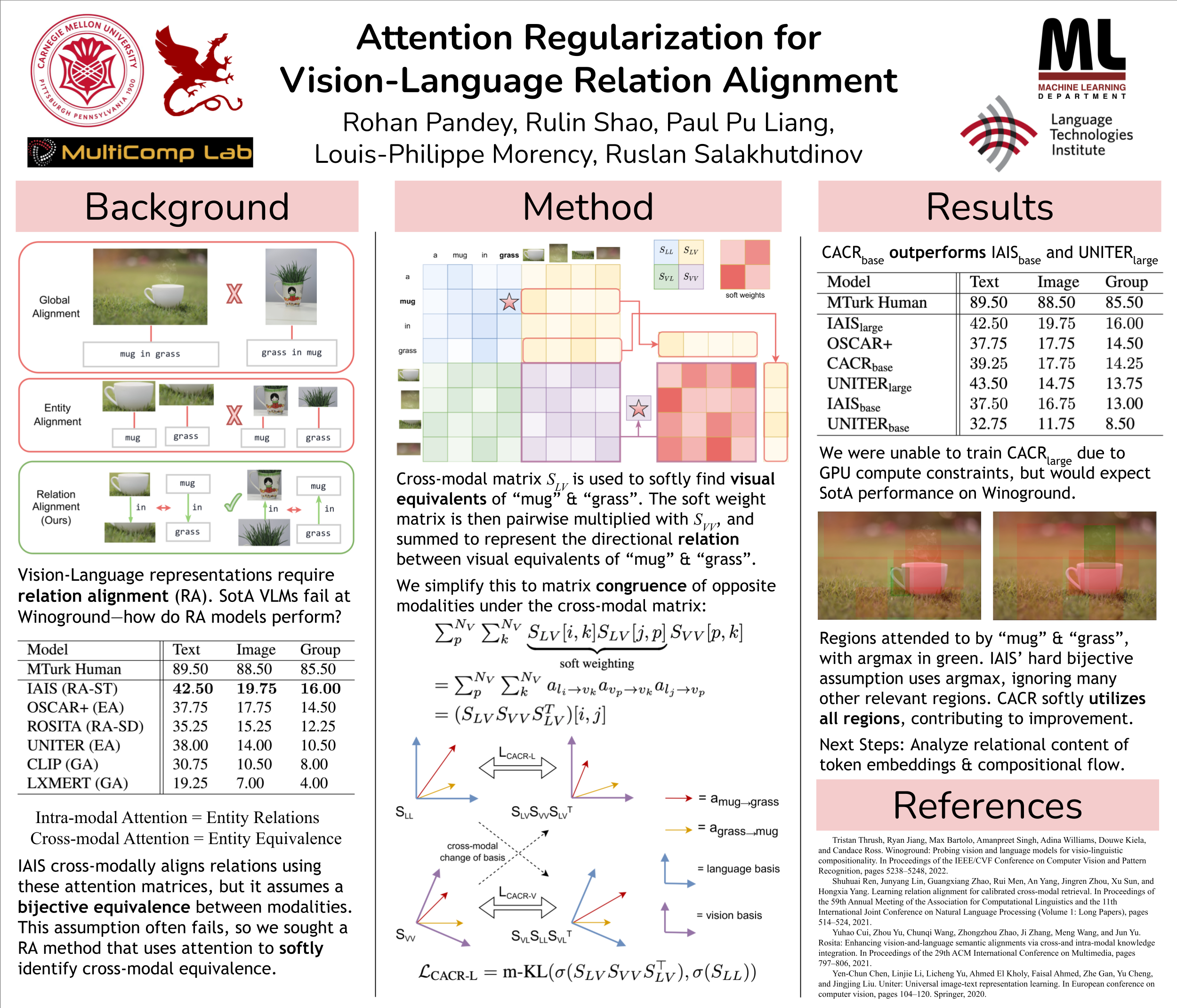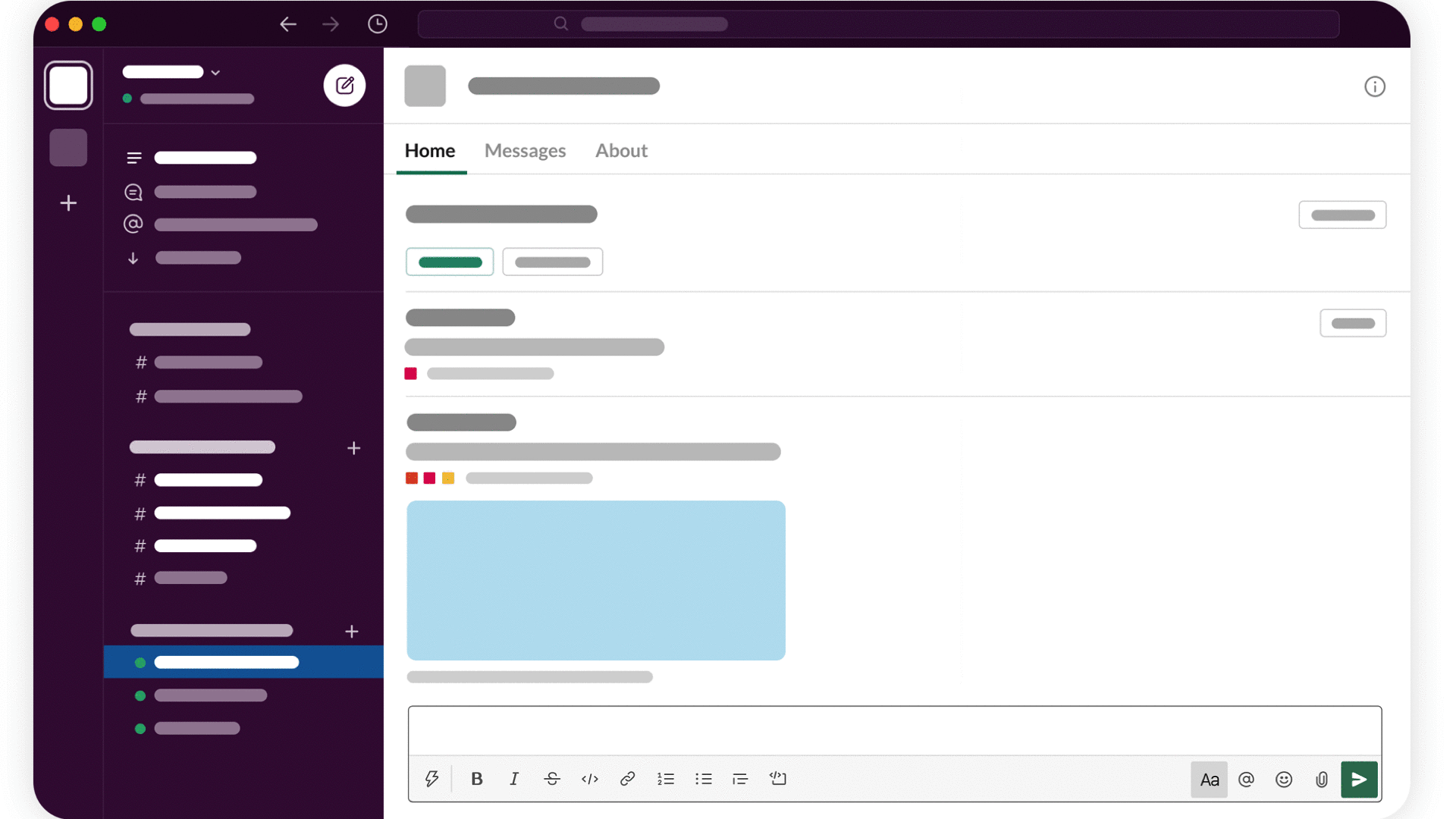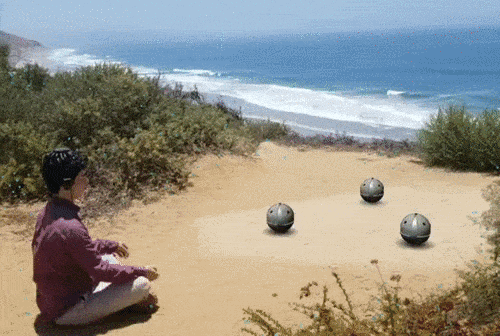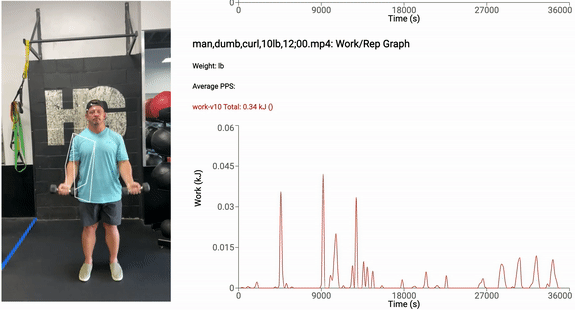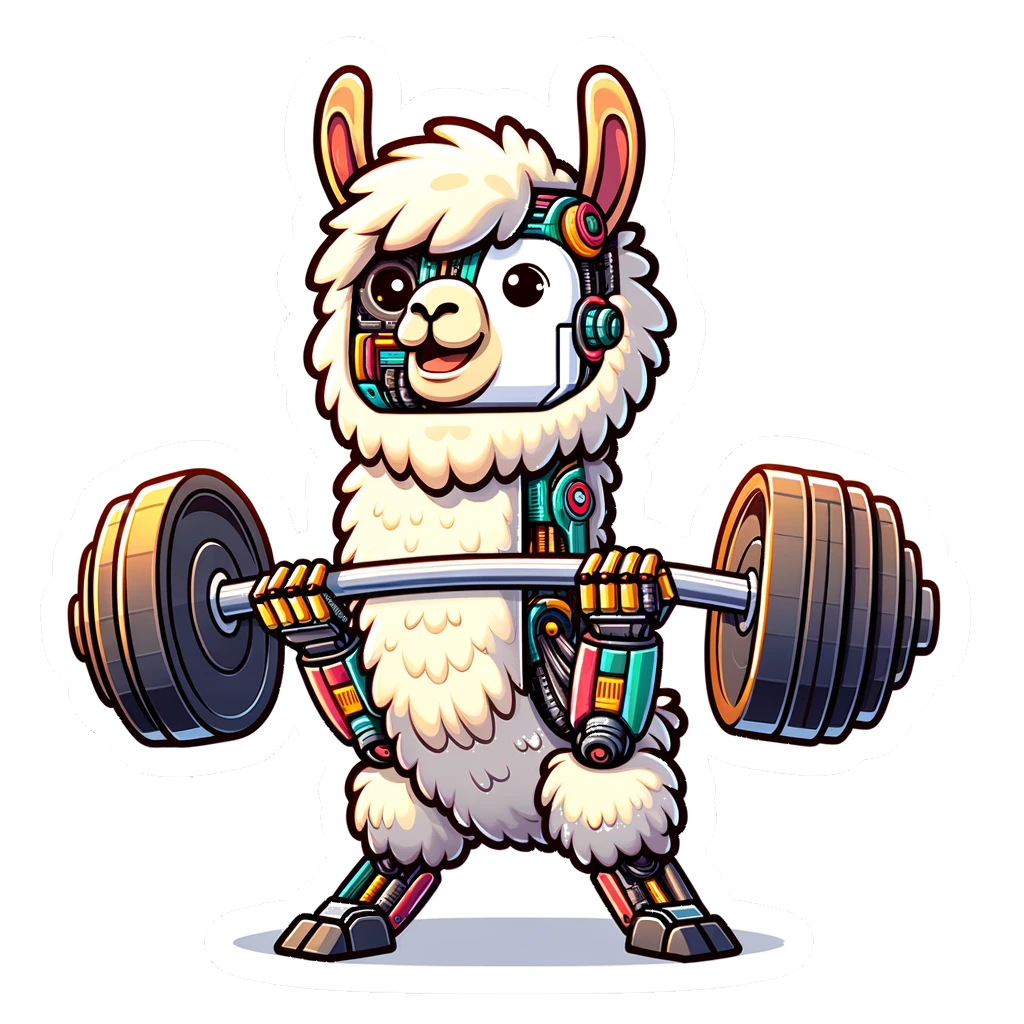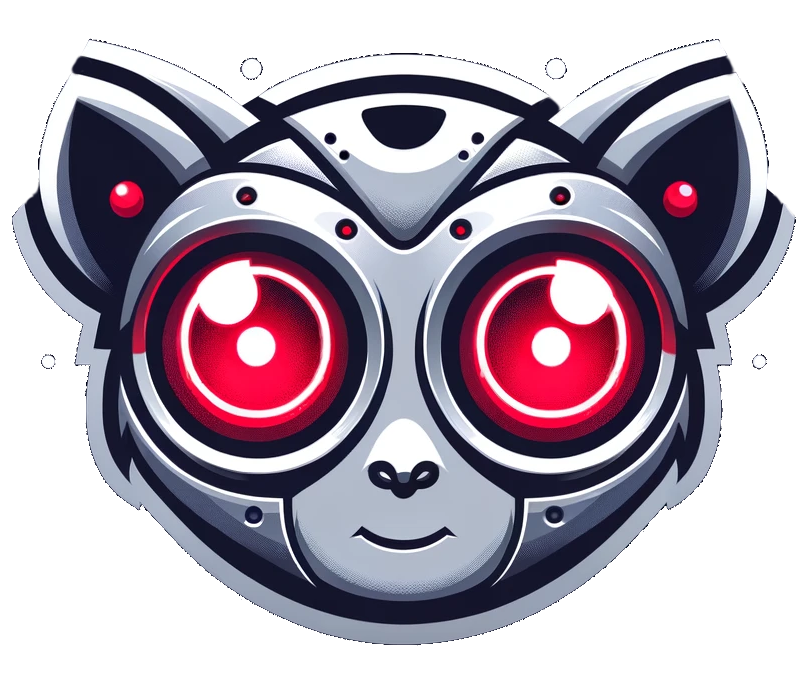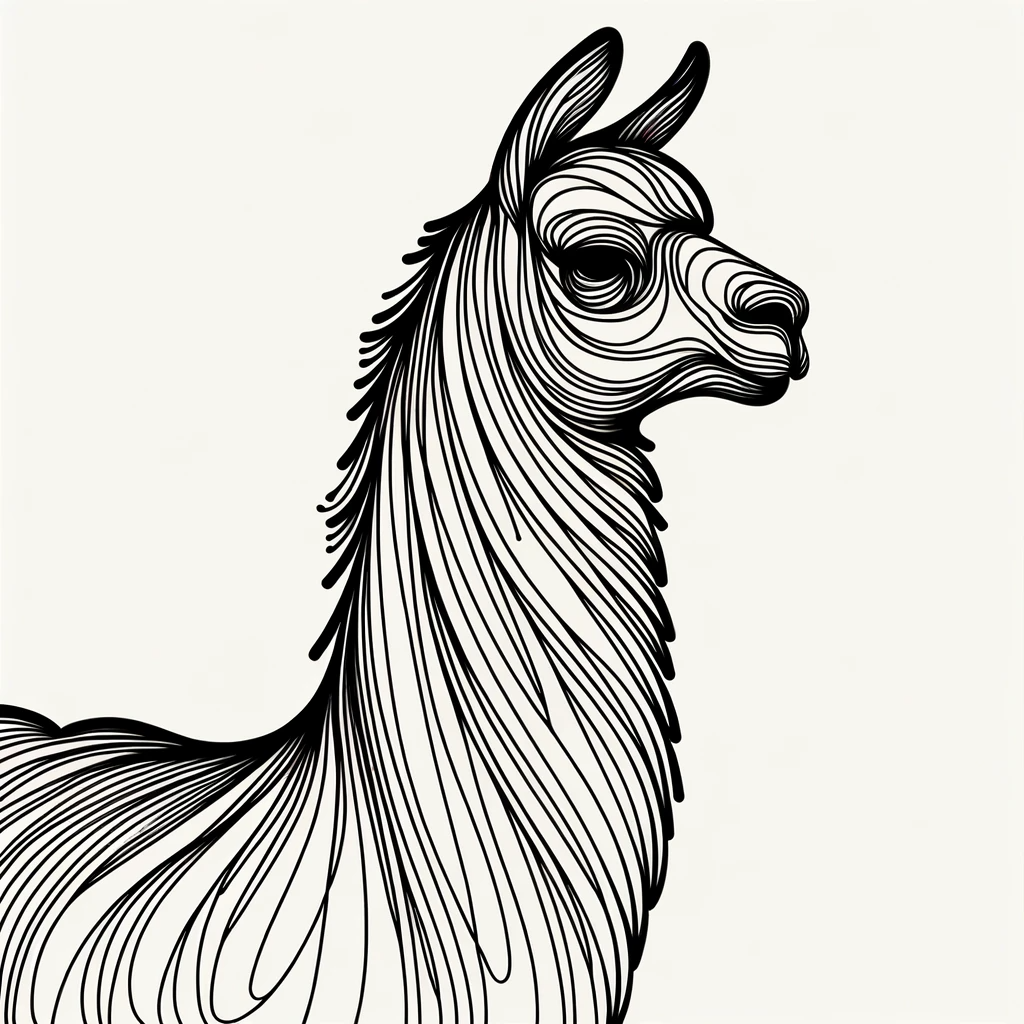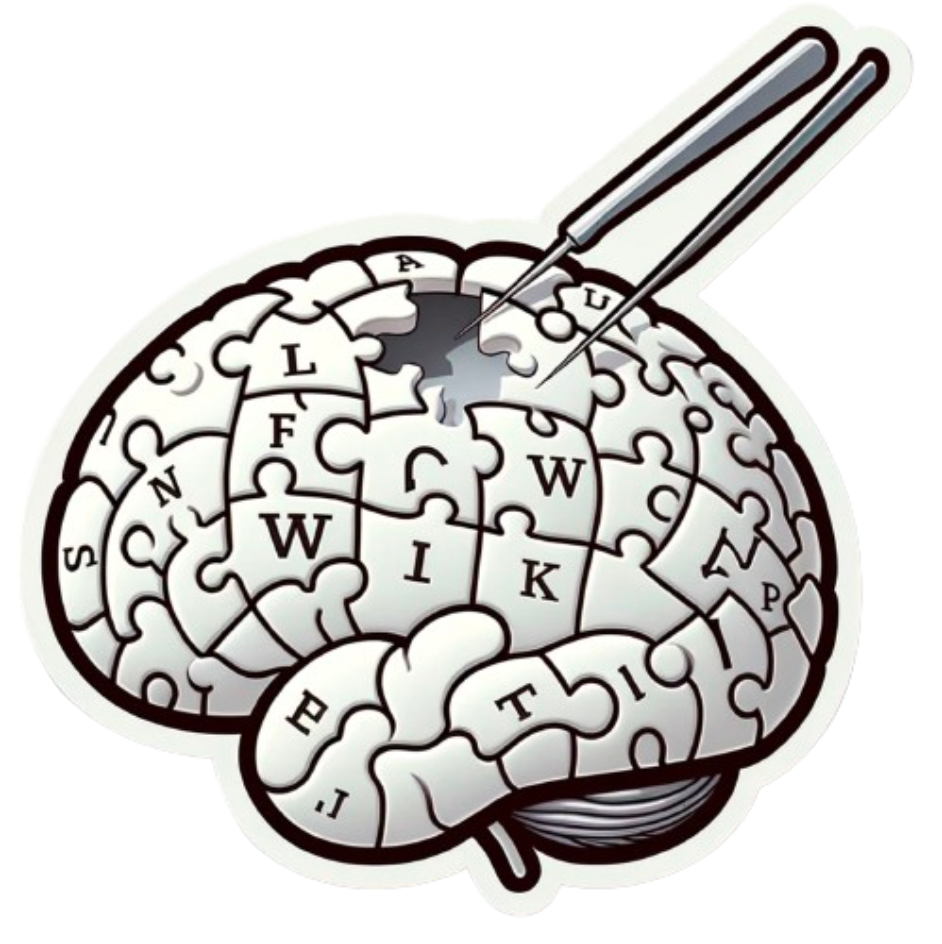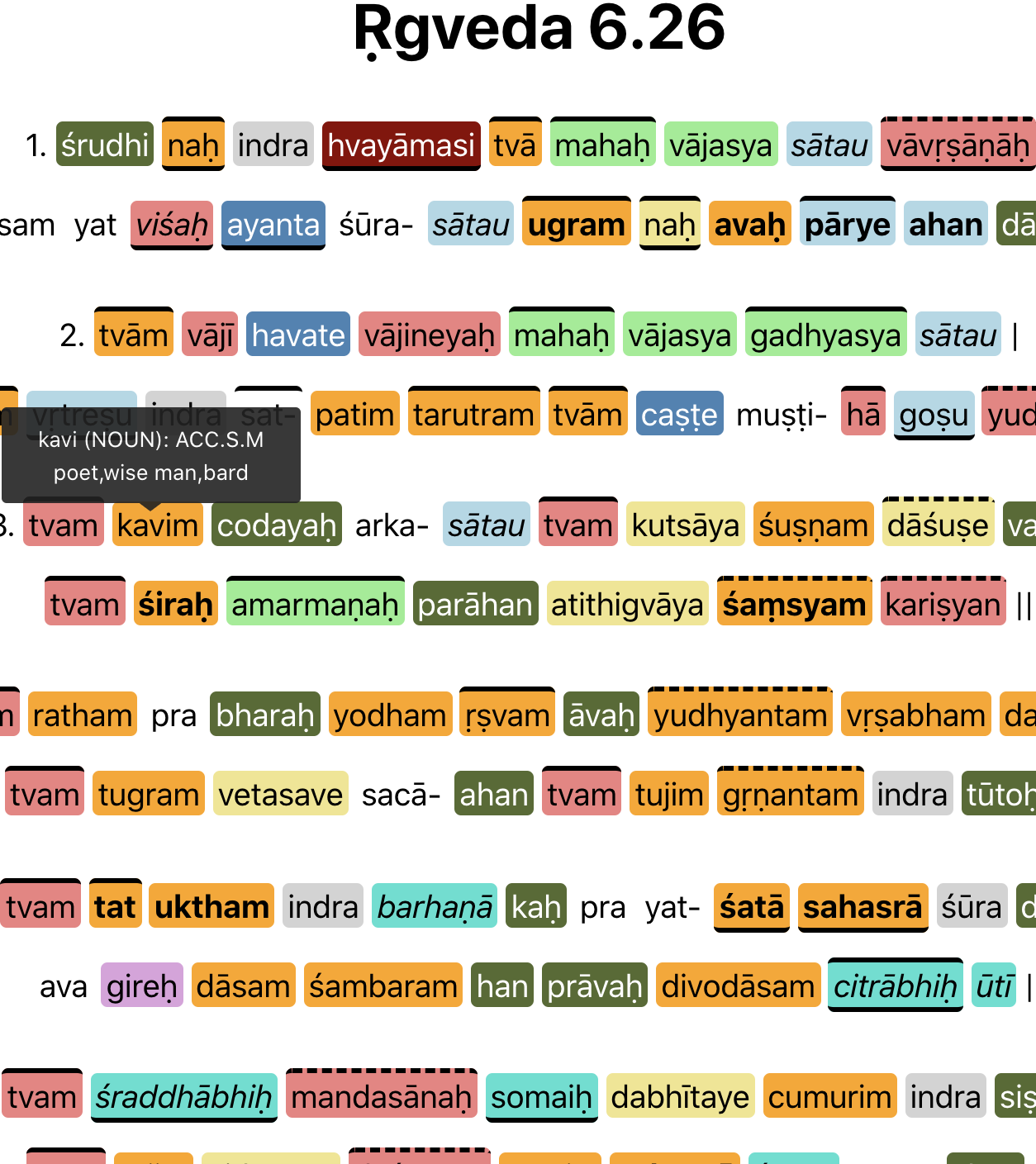Publications
Gzip Predicts Data-sensitive Scaling Laws
In Prep for NeurIPS 2024
Rohan Pandey
Uncovering Cross-modal Syntax in Vision-Language Models with Causal Intervention
In Progress
Rohan Pandey, Aryaman Arora, Tristan Thrush, Christopher Potts
Multimodal Learning Without Multimodal Data: Guarantees and Applications
Paul Pu Liang, Chun Kai Ling, Yun Cheng, Alexander Obolenskiy, Yudong Liu, Rohan Pandey, Alex Wilf, Louis-Philippe Morency, Ruslan Salakhutdinov
Towards Vision-Language Mechanistic Interpretability: a Causal Tracing Tool for BLIP
Vedant Palit*, Rohan Pandey*, Aryaman Arora, Paul Pu Liang
WinogroundVQA: Zero-shot Reasoning with LLMs for Compositional Visual Question Answering
In Academic Purgatory
Rohan Pandey, Spandan Das, Tristan Thrush, Paul Pu Liang, Ruslan Salakhutdinov, Louis-Philippe Morency
Cross-modal Attention Congruence Regularization for Vision-Language Relation Alignment
Rohan Pandey, Rulin Shao, Paul Pu Liang, Ruslan Salakhutdinov, Louis-Philippe Morency
Syntax-guided Neural Module Distillation to Probe Compositionality in Sentence Embeddings
Rohan Pandey
Does Structural Attention Improve Compositional Representations in Vision-Language Models?
Rohan Pandey, Rulin Shao, Paul Pu Liang, Louis-Philippe Morency
Probing Compositional Representations in Neural Language Models with Semantic Graphs
Preprint, 2022
Rohan Pandey, Uri Alon, Frank Xu, Graham Neubig
A Family of Cognitively Realistic Parsing Environments for Deep Reinforcement Learning
Adrian Brasoveanu, Rohan Pandey, Maximilian Alfano-Smith
Athena 2.0: Contextualized Dialogue Management for an Alexa Prize SocialBot
Juraj Juraska, Kevin K. Bowden, Lena Reed, Vrindavan Harrison, Wen Cui, Omkar Patil, Rishi Rajasekaran, Angela Ramirez, Cecilia Li, Eduardo Zamora, Phillip Lee, Jeshwanth Bheemanpally, Rohan Pandey, Adwait Ratnaparkhi, Marilyn Walker
Transfer Learning for Mental Health Evaluation from Natural Language
Preprint, 2020
Kamil Kisielewicz, Rohan Pandey, Shivansh Rustagi, Narges Norouzi





